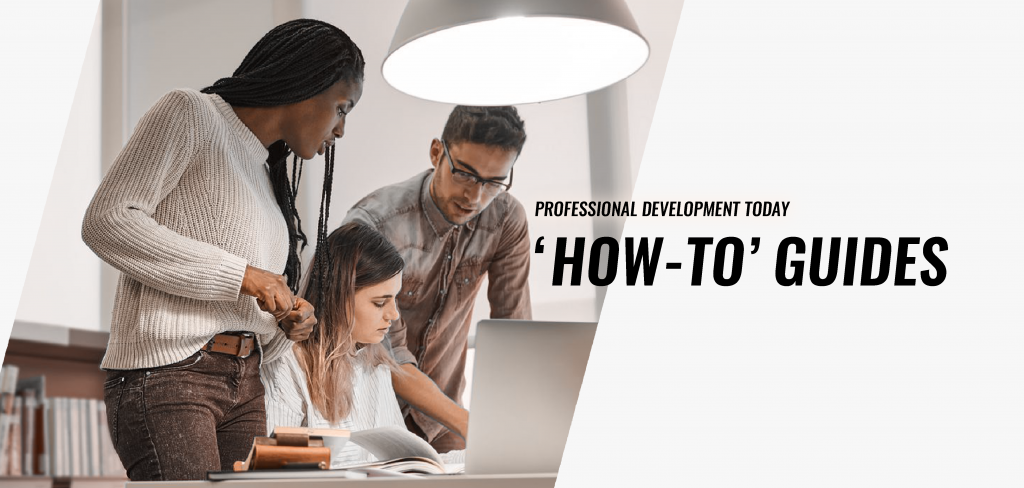
Introduction
This HOW TO piece focuses on persuading others, such as fellow teachers, senior leaders, governors, parents, students and maybe even yourself, that EPBL might be a good idea. A good place to start is to check understanding of the term as we are conflating enquiry and projects and indeed there is much confusion and overlap in these terms and others such as problem based learning. So our understanding of EPBL is that it is sustained work driven by curiosity and/or a question and wherever possible this driving force question should come from students. We would add that EPBL should normally be deeply collaborative, with all the issues that involves, although there will be occasions when individual projects and enquiries are appropriate.
In addition wherever possible EPBL should:
- Result in a learning product – a report, a presentation, a poster, a guide, an exhibition, a performance, a book, a podcast, a film, a cartoon, a party, a game, a meal, an experiment, a poem, an artefact which is as good as can it possibly can be;
- Have an audience or a client (anyone beyond the class teacher) for the product – other classes, parents, a local organization, a business, the local community, students in another country, university staff or students;
- Go across subject boundaries;
- Use the locality and community as much as is reasonably possible (there is a lot of help and goodwill out there);
- Put maximum responsibility on the students so that they exercise autonomy and agency;
- Be subject to review or ‘critique’ so that the product is the best it can reasonably be.
Professional Learning Task: Characteristics of EPBL
Through discussion put these 8 characteristics (so include driven by student questions and collaborative) in some sort of rank order of educational importance in your school context.
Secondly put them in order of difficulty for your school to achieve fairly consistently – put the least difficult at the top and the most difficult at the bottom of the list
Reflect on why the difficult ones are so challenging.